I was originally put off shooting slide film because I had heard that you needed to be incredibly precise with your exposure otherwise the whole shot would be ruined. Frankly, when I was first shooting film, I didn’t have enough confidence in my ability and so I kept away.
Strangely enough it was developing my own black and white film that gave me the confidence to try it. I had previously wondered whether the lab were just really good at salvaging what I’d done, but developing myself meant I could learn from each roll and improve and ultimately I felt that my exposures were good enough to try slide film.
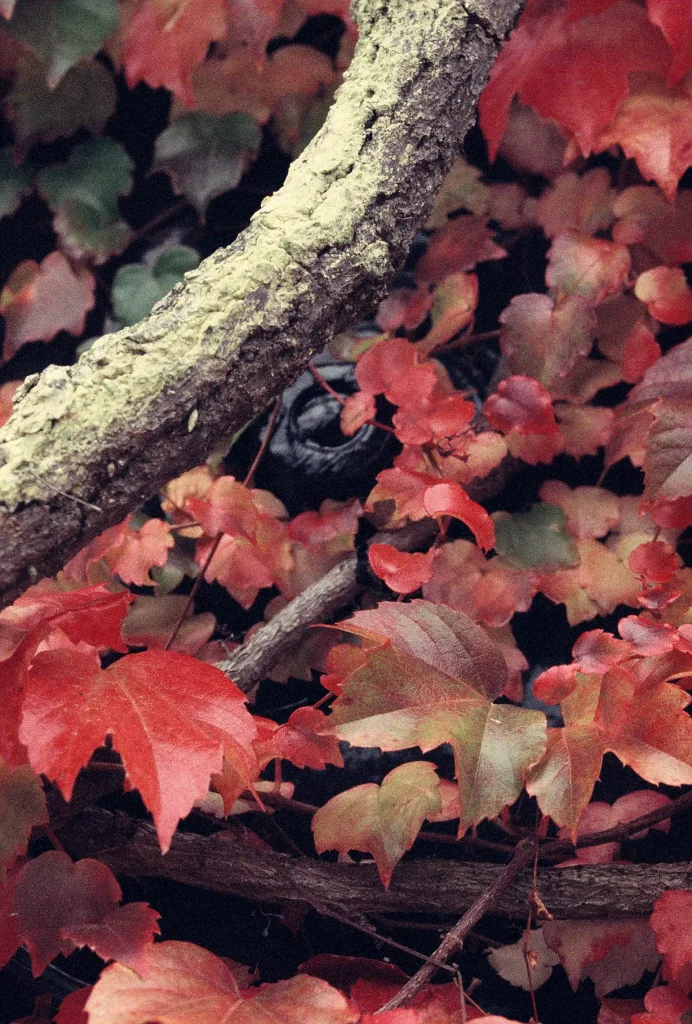
After shooting my first roll of slide film, I was surprised to hear that slide film was the go to for the average Joe shooting his family holidays – this made no sense to me alongside the idea that these films had to be perfectly exposed. However if you think about point and shoot cameras in the 1980s and 1990s, they were pretty good at exposing for you so actually this may not be as contradictory as first thought. Especially when coupled with the fact that slides could be directly projected as a means to share with friends and family. It’s only really if you are using a fully manual camera or otherwise needing to meter for yourself that you need to be able trust your skills.
About a year ago I purchased a few rolls of expired slide film from Obscura Darkroom who occasionally run film sales through their Instagram page. Buying expired slide film was a slightly cheaper option but obviously could have been more risky for potentially ruined shots. I’ve read that slide film can be shot at box speed even when expired as opposed to colour negative which it is often advised that you overexpose slightly.
In October 2020 I managed to get away with my family, just locally but still away from the house and I shot my first roll of slide film. I was really pleased with the results. There is something so exciting about seeing those little slides on a lightbox.
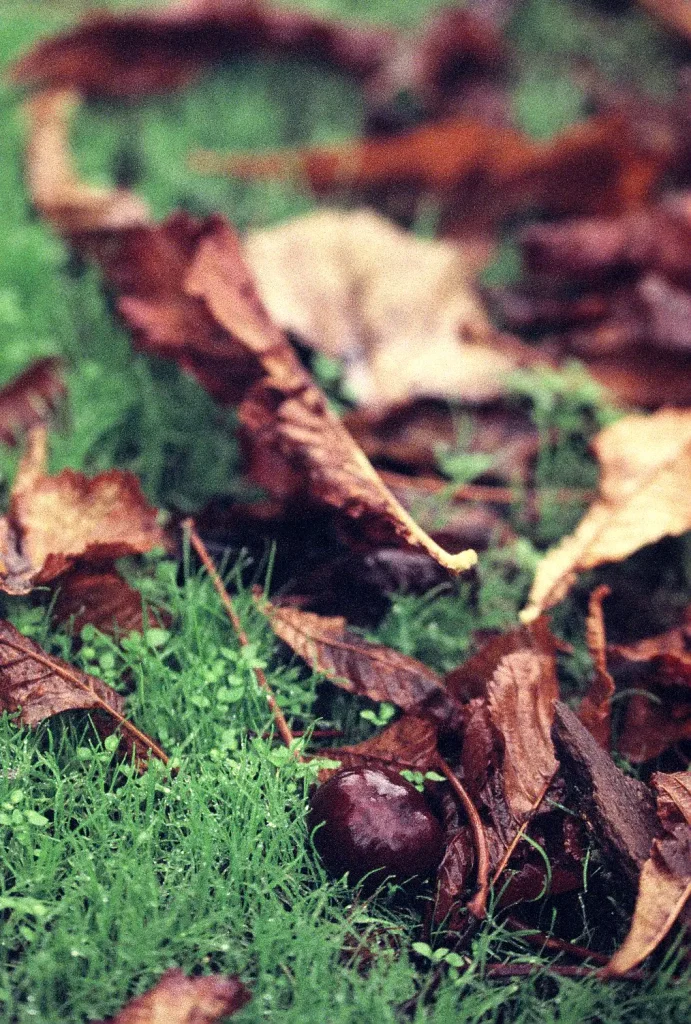
What have I learnt from the experience of shooting slide film.
I shot the roll of film through my Canon 1N which is usually set to aperture priority mode and it’s pretty good at exposing scenes. I’ve rarely felt that an image didn’t come out correctly exposed with that camera. So that certainly helped.
I think it also helps that I’m not a traditional landscape photographer, I tend to shoot details and therefore don’t have to worry about extremes of lighting such as bright sky and darker foreground.
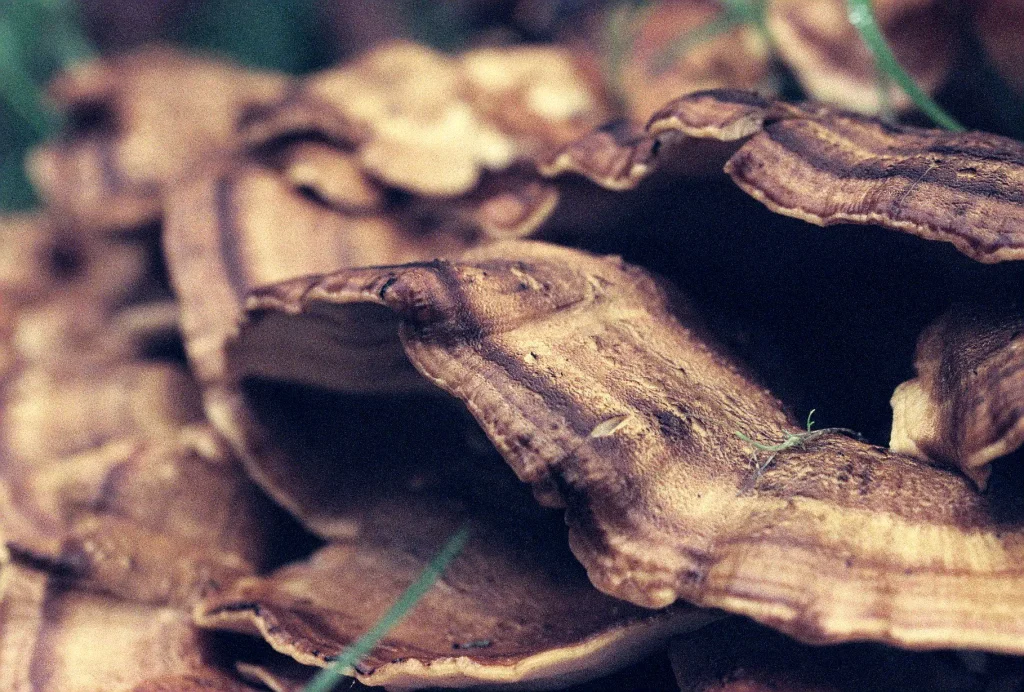
I’ve since used slide film in a range of cameras including medium format manual cameras and point and shoots and surprisingly the only very bad roll I had came through a point and shoot camera. For some reason I just can’t get along with point and shoots!
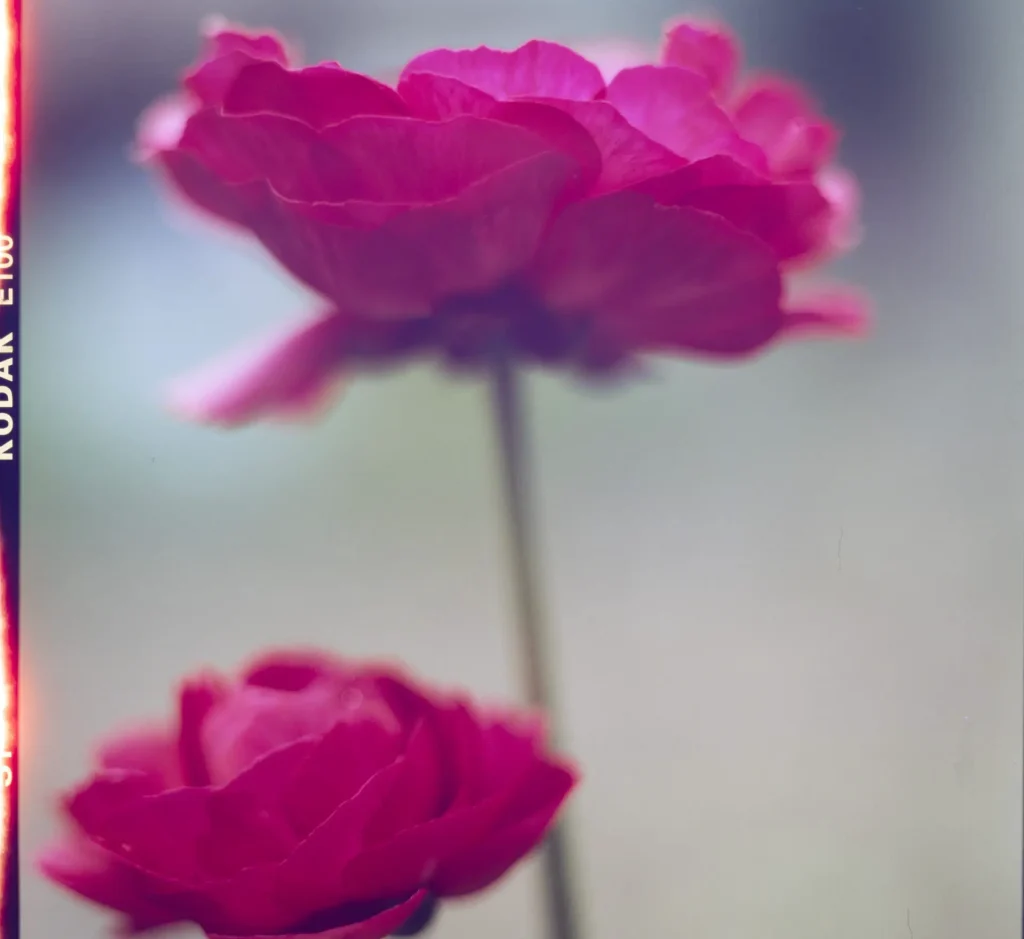
Whilst there is a sense of excitement when you see the positive images, either coming out of the developing tank or coming back from the lab, once you get over the novelty – are the results any better than colour negative film?
Slide Film Vs Colour Negative
Looking at price first. I’m using the Analogue Wonderland website to compare prices because that’s where I buy my film from (when I’m not buying expired that is).
There are a few options for slide film – in 35mm you are looking at £19 or £20 per roll and in 120 you are looking at £12.50 to £14 per roll. So slightly better in 120 but bearing in mind that you are getting far fewer shots per roll.
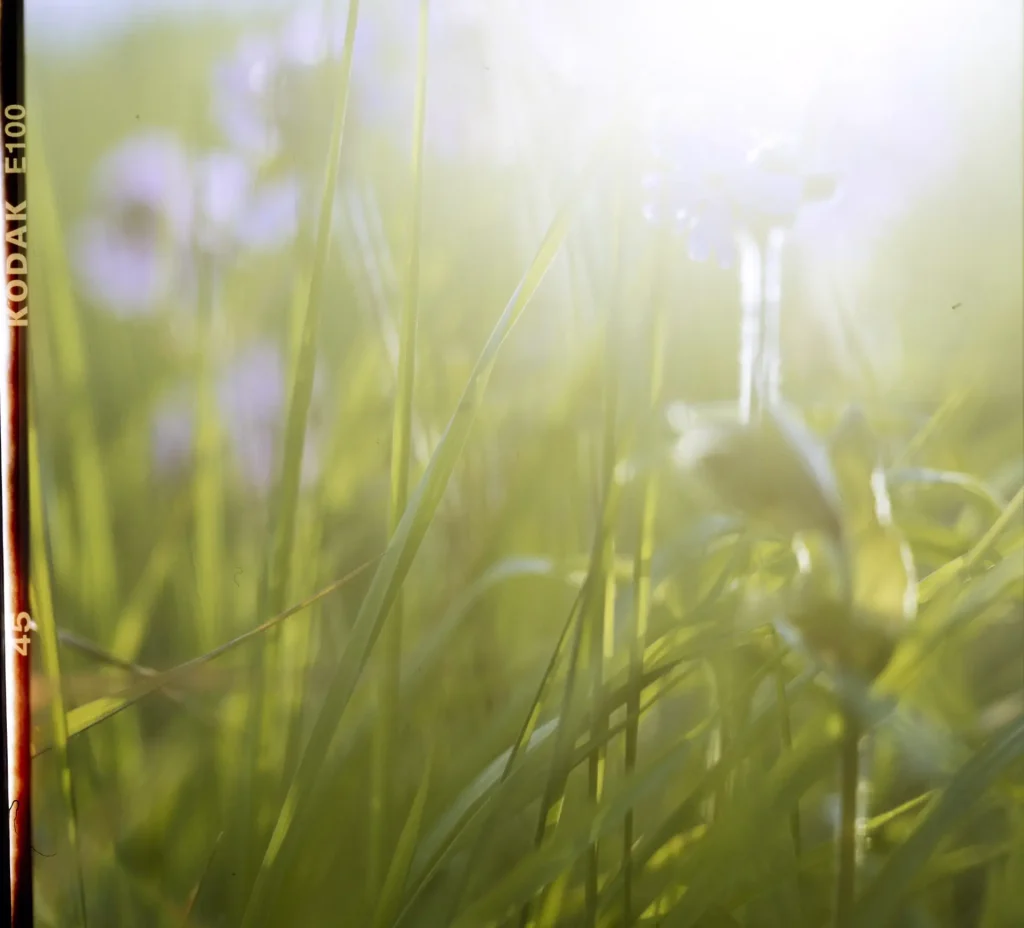
In colour negative you are looking at as low as £6 per roll of 35mm up to £15 per roll and in 120 you are looking at £11.50 to £15 per roll. So 120 is much more comparable in price. In 35mm the 35mm is far cheaper.
For Developing and Scanning I’m looking at the SilverPan Lab website as they are a lab that offer both services. In both 35mm and 120 you are looking at an additional £2 per roll for E6 over C-41.
Developing at home? If we compare the Tetenal c-41 and E6 kits. You can get 16 rolls out of the c-41 kit and 12 rolls out of the e6 kit (according to instructions). Which based on a price of £42 and £40 respectively, works out as £2.62 per roll for c-41 and £3.33 for E6.
Home scanning is definitely easier with slide film so there is a time saving there but it’s certainly looking more cost effective to shoot colour negative.
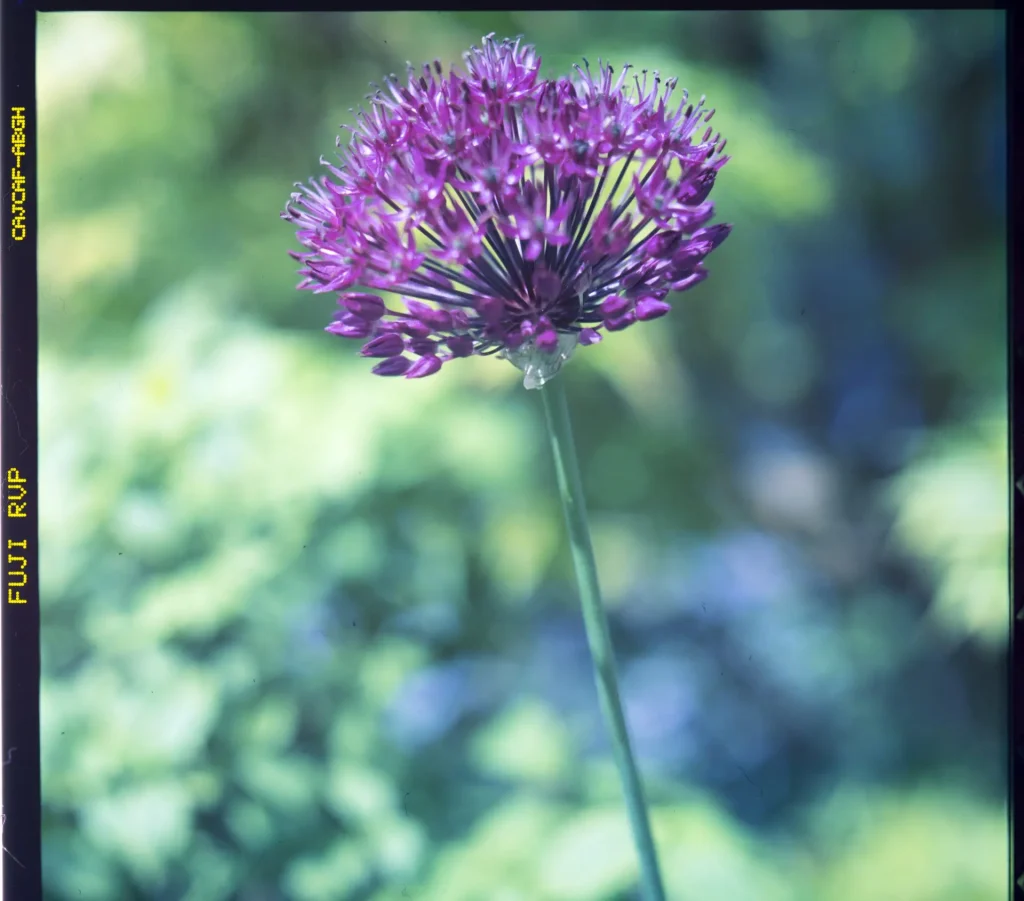
There is an ever increasing range of colour negative film stocks to choose from whereas you are far more limited in slide film. This applies not only to the overall aesthetic of the films but also to the range of ISOs at which you can shoot. In my expired selection I did have an ISO 400 slide film but if we are talking about fresh stock I haven’t seen anything over ISO 160.
So should we abandon slide film?
NO.
Absolutely not. As with all photography, it’s all a personal opinion.
My personal opinion is that the results from a roll of slide film are no better than what I can achieve with colour negative. Add to this the fact that my favourite colour film stock (Kodak Gold) is £7 for a roll of 36 shots compared to Kodak E100 which is £19 a roll plus the fact that it’s cheaper whether I home develop or send to a lab – it’s a no brainer for me.
There are people out there achieving amazing things on slide film.
It’s perhaps also worth noting that I am quite experimental in my photography (did you see my dance developing?) and colour negative film is certainly a better option for me in that respect.
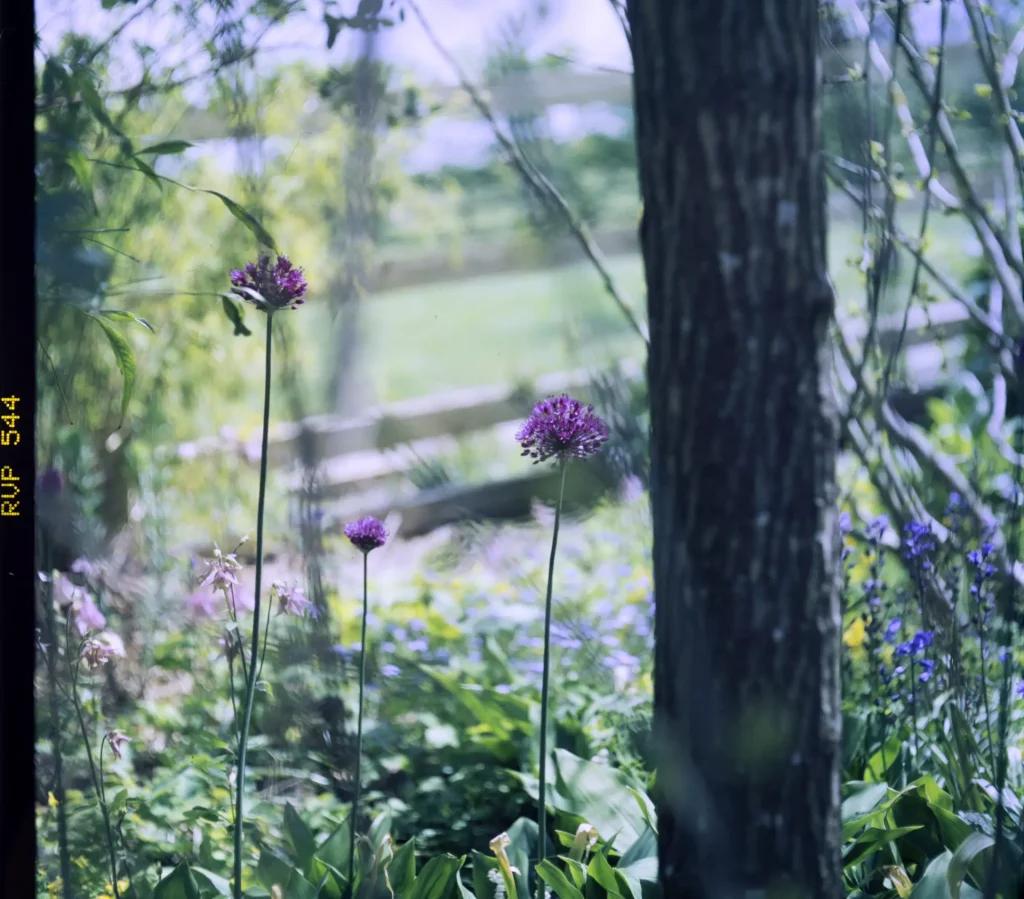
I would love to hear from anyone who prefers slide over colour negative and your reasons for that – I always love to hear the other side of the story!
If you like my work you can see more on my Instagram and more of my experiments on my YouTube channel.
Share this post:









Comments
Rock on A Year in Slide Film Part 1 – Shooting – By Holly Gilman
Comment posted: 09/12/2021
Comment posted: 09/12/2021
Brian Nicholls on A Year in Slide Film Part 1 – Shooting – By Holly Gilman
Comment posted: 09/12/2021
Anthony Conroy on A Year in Slide Film Part 1 – Shooting – By Holly Gilman
Comment posted: 09/12/2021
What a legend
Such a prolific contributor to this site
Im still struggling trying to compose my first article !
Comment posted: 09/12/2021
Ralph Turner on A Year in Slide Film Part 1 – Shooting – By Holly Gilman
Comment posted: 09/12/2021
Comment posted: 09/12/2021
Sroyon on A Year in Slide Film Part 1 – Shooting – By Holly Gilman
Comment posted: 09/12/2021
In fact I rarely shoot colour negs in general. If I want to take colour photos I tend to use my digital camera, mainly because of the many practical advantages – high ISO, white balance, instant preview and so on (I know for a lot of people film photography is not about practicality, so this is just my point of view ????). From my perspective (again, very subjective), digital sensors give me everything colour negative film can – plus a lot more. But B&W film gives me something digital cameras don't: the ability to make prints in the darkroom. Likewise, slide film also gives me something more: the ability to project transparencies on a large screen. I suppose I could project digital photos too but in my experience projected digital photos don't have the richness of, say, Velvia 50. Maybe a really really high-end digital projector could rival a Velvia slide? Idk.
It's true as you say that slide films have lower ISO, but personally, if I want to shoot colour in low-light, I would happily use digital.
I like the fact that slides give me "nowhere to hide". Made an exposure error on a negative film? I can fix it in post or in the darkroom. Bad composition? I can crop it. But made an exposure or composition error on slide film? It's up there on the wall, enlarged 1000×, for all to see. Maybe it's a bit masochistic, but it keeps me on my toes – I enjoy that.
There's another technical point which a lot of people miss (maybe I should write an article about it, haha). People say slide film has lower dynamic range than colour negs – which is true. As you rightly pointed out, you can drastically overexpose colour negs and still get useable results, but try that with slide film and you'll get punished. However. There's dynamic range of the recording medium, and then there's dynamic range of the viewing medium. We typically view negatives either as prints or onscreen. The best prints (darkroom or high-end inkjet/pigment) have a dynamic range of ~7 stops – i.e. the brightest zones reflect 7 stops (or 128 times) more light than the darkest zones. Modern LCDs have a dynamic range of ~9 stops. Projected slides have a dynamic range of ~11 stops. This is why a well-exposed slide, whether on a light table or projected on a wall, looks so rich and alive. With colour negs we may be able to record a wide dynamic range, but that range often ends up being drastically compressed when displayed. Slide film records a narrower dynamic range, but displays it to perfection (at least to my eyes; clearly I am biased, haha). This comment by the late, great Ron Mowrey, former Kodak engineer, goes into more detail on the technical aspects.
Comment posted: 09/12/2021
Simon on A Year in Slide Film Part 1 – Shooting – By Holly Gilman
Comment posted: 09/12/2021
I shot my first roll of slide film (provia) last autumn and I was really happy with how the slides turned out. After trying lots of color negative film I've concluded that it's probably not for me. I shoot mostly on sigma foveon digital cameras and when I compared some of the shots on provia with my digital shots I thought that they share a common quality. I've heard people say that slide film looks "digital" and that early digital cameras supposedly were made to produce images that looked like slides. Maybe there is some truth to those statements?
Thanks for this article and for sharing your experience!
Comment posted: 09/12/2021
Ralph Turner on A Year in Slide Film Part 1 – Shooting – By Holly Gilman
Comment posted: 09/12/2021
I’m fortunate in that I still have my Leitz projector with its Colorplan lens, though it has languished in the loft for the last 15-20 yrs. Definitely time to dust it off! ????
Tim Bradshaw on A Year in Slide Film Part 1 – Shooting – By Holly Gilman
Comment posted: 10/12/2021
Like the other commenter I prefer slides over negatives. One reason is exactly the same: I like the physical objects that are the result of film photography and slides are kind of the canonical example of that, and they they just look like tiny jewels. I fairly regularly go through boxes of slides just to look at them without using a viewer of any kind. Of course an advantage of this is that you see the fantastic colours *without* seeing the fact that the photograph isn't completely sharp and so on, so the pictures look better than they are. Larger slides are sometimes even more amazing (a little while ago I went mad and shot a box of 4x5 transparencies: very expensive and I don't know what to do with the results (I don't have a scanner that can deal with 4x5, and you can't now print from them photochemically) but they do look just lovely.
Another, now historical, reason is simple: Kodachrome. I have probably a couple of hundred boxes of Kodachrome slides, including ones from when I was a small child taken by my father and Kodachrome is just a lovely film. And the images on those old slides are just as good now as when they were taken.
And of course, projecting them is a whole experience (and second-hand projectors should be dirt cheap now).
A more substantive reason is the process of making a final version of an image. I make a lot of (B/W) prints, and you can eventually get good enough at looking at a B/W neg to know if it's printable (a loupe helps), although almost always I make contact sheets. For a colour neg I'd just have no idea: there are *so many* adjustments involved compared to B/W. But with a slide: you can look at it and *that's what the camera saw*, far more so than a contact sheet, say, which is always approximate, and when you've (now) scanned it, you can look back at the slide and compare, directly, the thing you scanned with the slide. That's a win I think.
The cost though is just terrifying.
Comment posted: 10/12/2021
Comment posted: 10/12/2021
Comment posted: 10/12/2021
Comment posted: 10/12/2021
Ed Sinclair on A Year in Slide Film Part 1 – Shooting – By Holly Gilman
Comment posted: 10/12/2021
But scanned slide film is usually disappointing compared to colour negative film, unless you do some very deliberate and lit photo shoots. Since I take photos to share or print, slide film remains an occasional novelty for me too.
Comment posted: 10/12/2021
Michael J on A Year in Slide Film Part 1 – Shooting – By Holly Gilman
Comment posted: 11/12/2021
I haven't gone back to slide film- my first degree in Architecture was just pre-digital and we would make slides from books with a lashed up copy stand on tungsten slide film in the middle of the night and go and get 1hr E6 in Soho. We necked espresso in Bar Italia while we waited, then mounted the slides and talked rubbish over them in presentations the following day. My first work experience in West Africa is all documented on slide as well, then I stopped using slide film, and not long afterwards I stopped using film altogether.
I've jumped headlong back into film, but not positives… yet! You may have inspired me to regain my undergrad innocence! Thank you for doing some of the maths, Holly!
Comment posted: 11/12/2021
Richard Parkin on A Year in Slide Film Part 1 – Shooting – By Holly Gilman
Comment posted: 12/12/2021
The process is described here:
https://www.ilfordphoto.com/wp/wp-content/uploads/2019/06/REVERSAL-180619.pdf
But note the warning about sulphuric acid, it’s genuinely hazardous done wrong! I was working in a biochemical lab at the time so quite familiar with processes.
There was of course an Agfa process-paid mono reversal film at the time but I never used that so can’t comment on it and I don’t suppose there would be a market for one today given how easy it is to reverse digitally.
Richard Parkin on A Year in Slide Film Part 1 – Shooting – By Holly Gilman
Comment posted: 12/12/2021
The process is described here:
https://www.ilfordphoto.com/wp/wp-content/uploads/2019/06/REVERSAL-180619.pdf
But note the warning about sulphuric acid, it’s genuinely hazardous done wrong. I was working in a biochemical lab at the time so quite familiar with processes.
There was of course an Agfa process-paid mono reversal film at the time but I never used that so can’t comment on it and I don’t suppose there would be a market for one today given how easy it is to reverse digitally.
Greg L on A Year in Slide Film Part 1 – Shooting – By Holly Gilman
Comment posted: 13/12/2021
I still have the slide habit and I always shoot a roll when traveling. I bring both my Df DSLR for digital and one of my many film cameras for the slides. I get the slides mounted and get hi resolution scans done as well when I send them out to get developed. These days I shoot the many rolls of Velvia 50 and Provia 100F I have in my freezer. So far the Provia is my favorite but I’m very pleased that Kodak E100 is an option as well! I've only shot the E100 once. The results were excellent. I need to shoot more.
Having a mounted slide in your hand is truly a gift. The colors are outstanding. The physical object will last a lifetime. And if you’ve never seen your slides projected onto a screen you are in for a real treat! It’s the best way to view them!
I will never stop shooting slides- as long as there is film available and labs to develop it.
Comment posted: 13/12/2021
Richard Parkin on A Year in Slide Film Part 1 – Shooting – By Holly Gilman
Comment posted: 13/12/2021
The process is described here:
https://www.ilfordphoto.com/wp/wp-content/uploads/2019/06/REVERSAL-180619.pdf
But note the warning about sulphuric acid, it’s genuinely hazardous done wrong. I was working in a biochemical lab at the time so quite familiar with processes.
There was of course an Agfa process-paid mono reversal film at the time but I never used that so can’t comment on it and I don’t suppose there would be a market for one today given how easy it is to reverse digitally.
[Sorry for any duplication of this comment — having problems with Wordpress ]
Daniele on A Year in Slide Film Part 1 – Shooting – By Holly Gilman
Comment posted: 22/12/2021
Daniele
William Watts on A Year in Slide Film Part 1 – Shooting – By Holly Gilman
Comment posted: 11/01/2022
Slide film has one supreme advantage over colour neg film - almost no grain. It has to so that it can be projected up to immense sizes from a tiddly slide. The only thing to comes close is Kodak Ektar 100 but that has taken 40 odd years to develop, and it is still not quite as good as slide film.
I continued to shoot slide whenever I could but the price went up, availability went down and digital moved in for the kill. However i am please to say that film survives, there is a small selection of slide film still available and a few hardy process labs still processing E-6.
I admit that I have gone back to shooting film, and for important things still use slide film, along with colour neg and black and white. I have an eclectic collection of cameras meaning that I have to slit film to use some of them due to lack of suitable film in the necessary format. This is where slide film excels. I have some cameras that use 9.5mm film, 16mm film and 110 film, and the biggest problem shooting with them is the comparative size of the film grain compared to the frame size. some cameras shoot an 8 x 12mm frame, which has about 1/8th the area of a 35mm frame but the grain size is the same so the grain is far more visible, intrusive and possibly disruptive to the image. Shooting slide film with its almost no grain construction allows the small frame cameras to produce good results.
I will continue shooting slide as long as the film and processing chemicals are available, and encourage other to as well
Comment posted: 11/01/2022